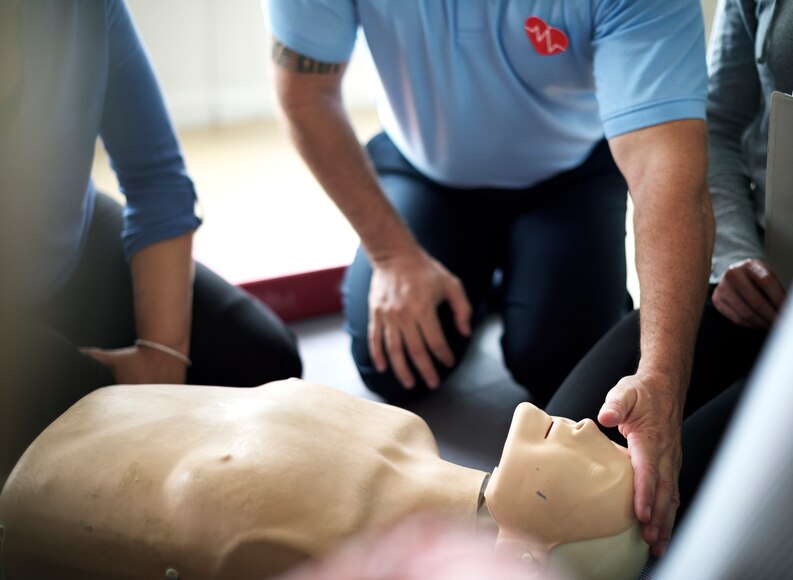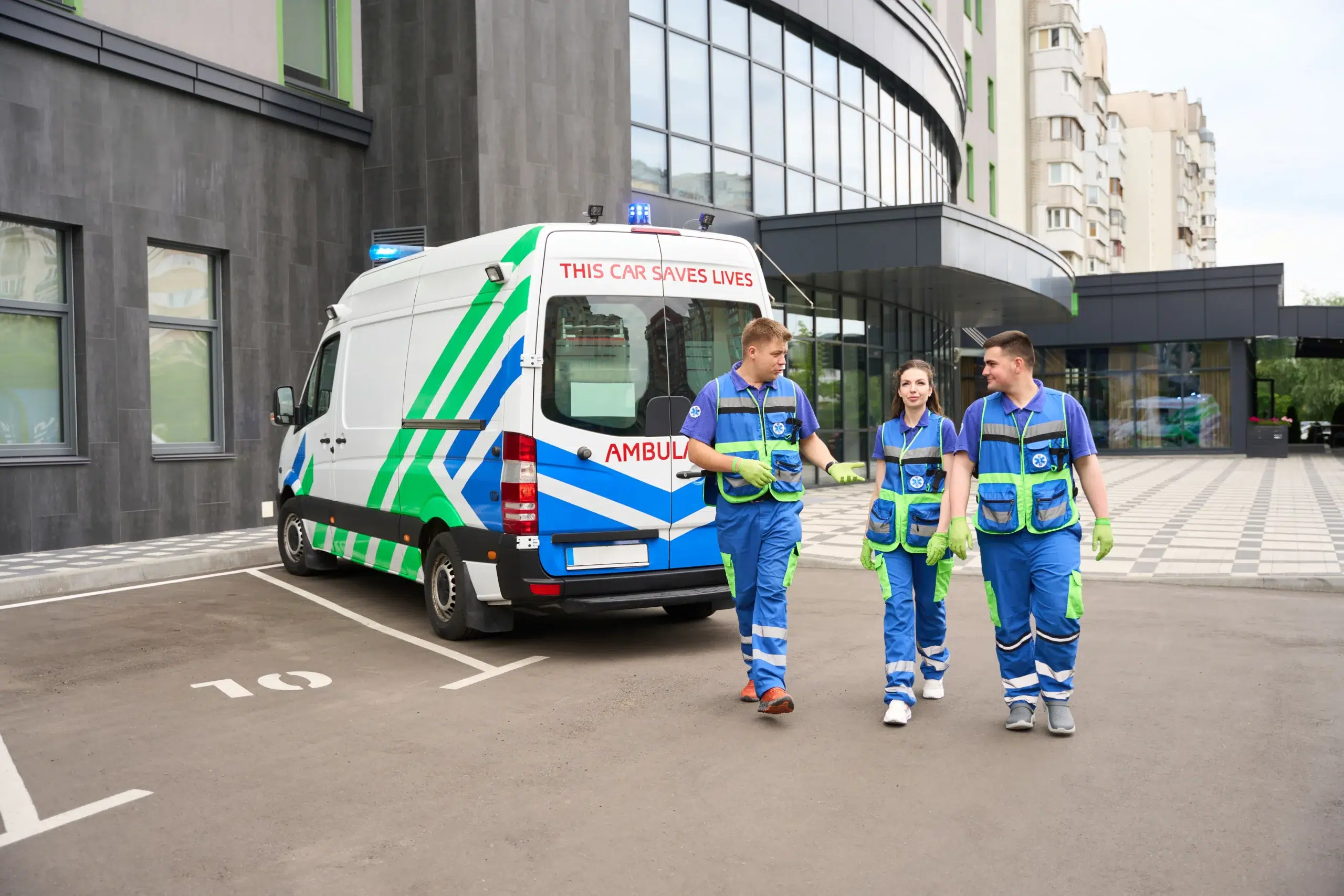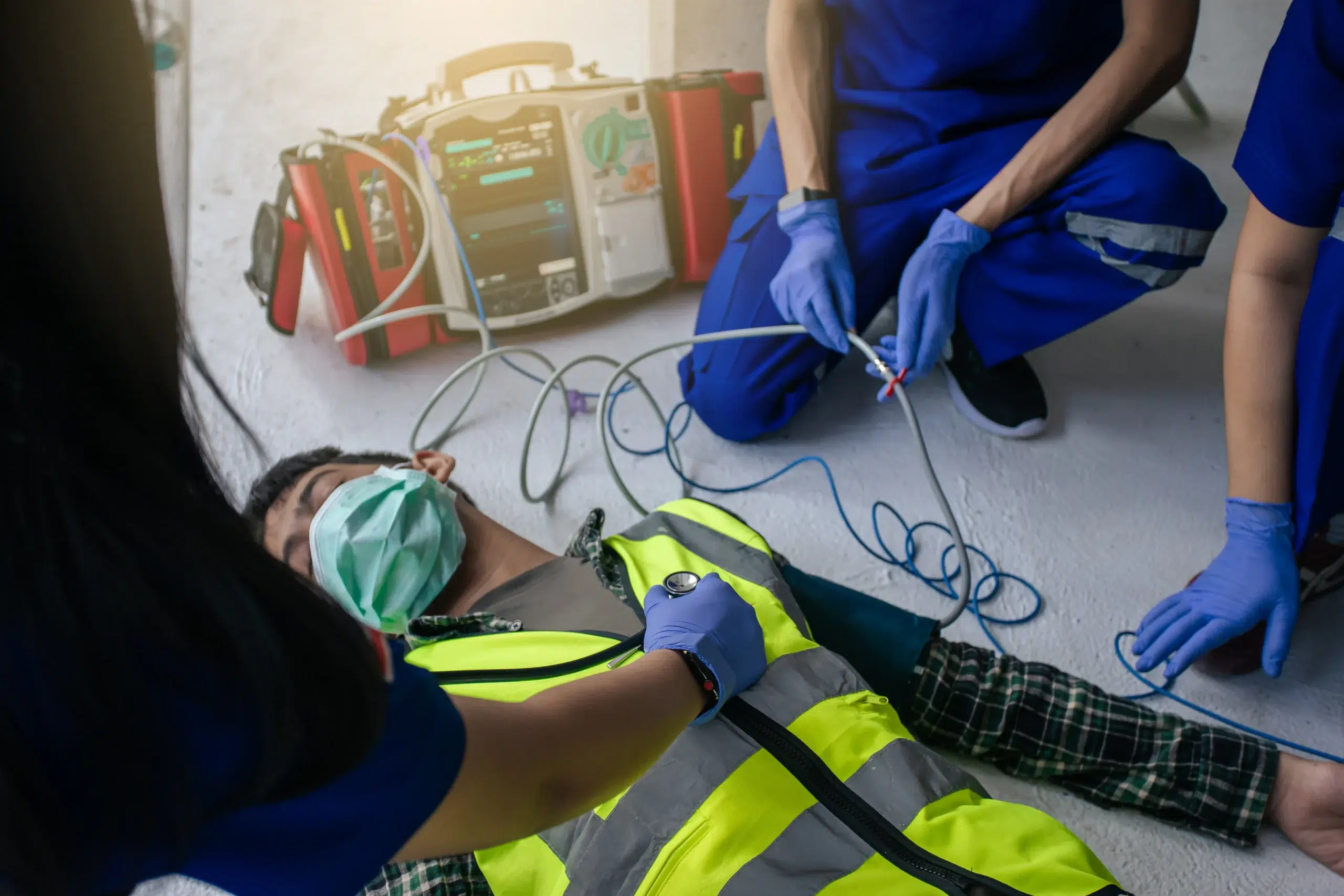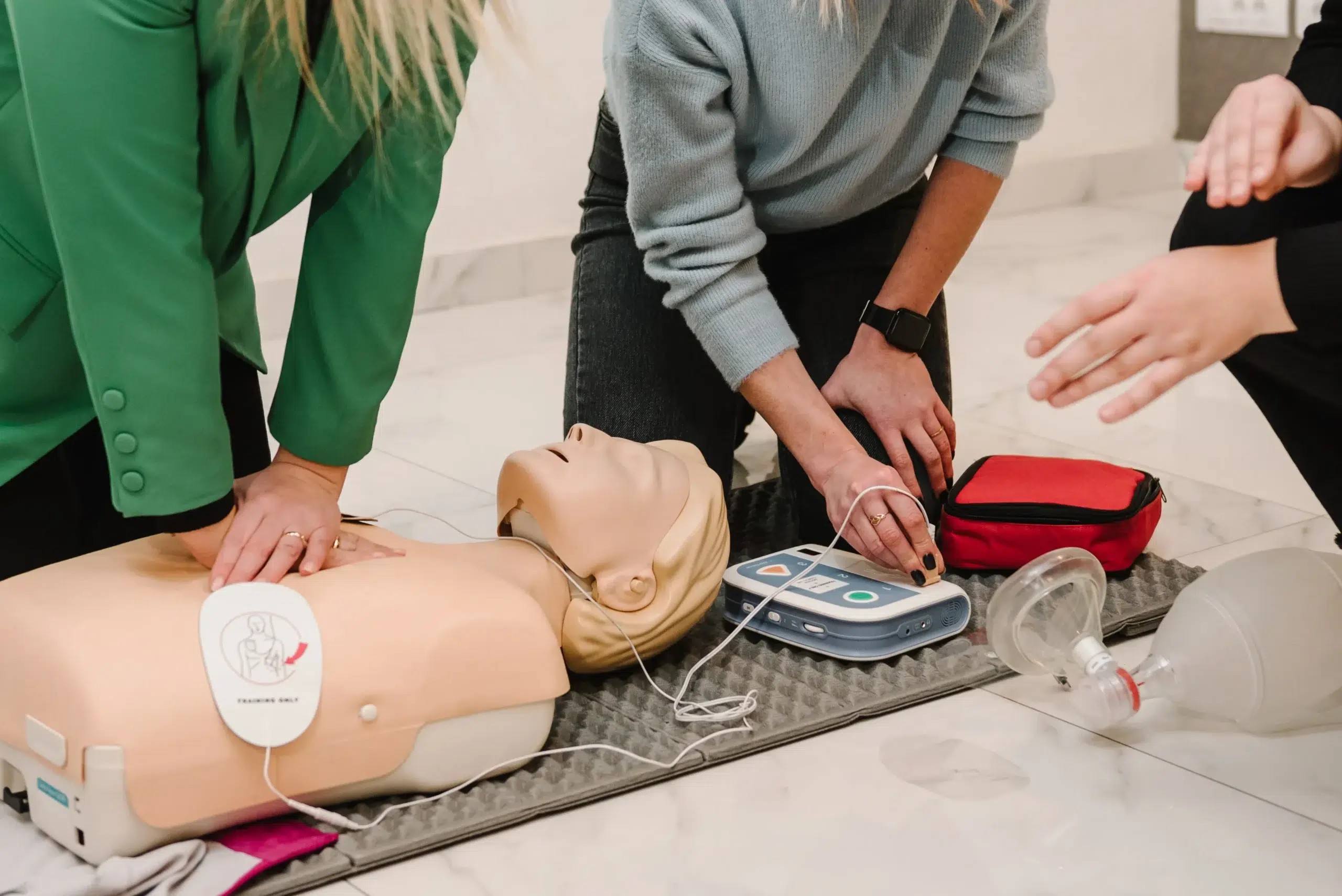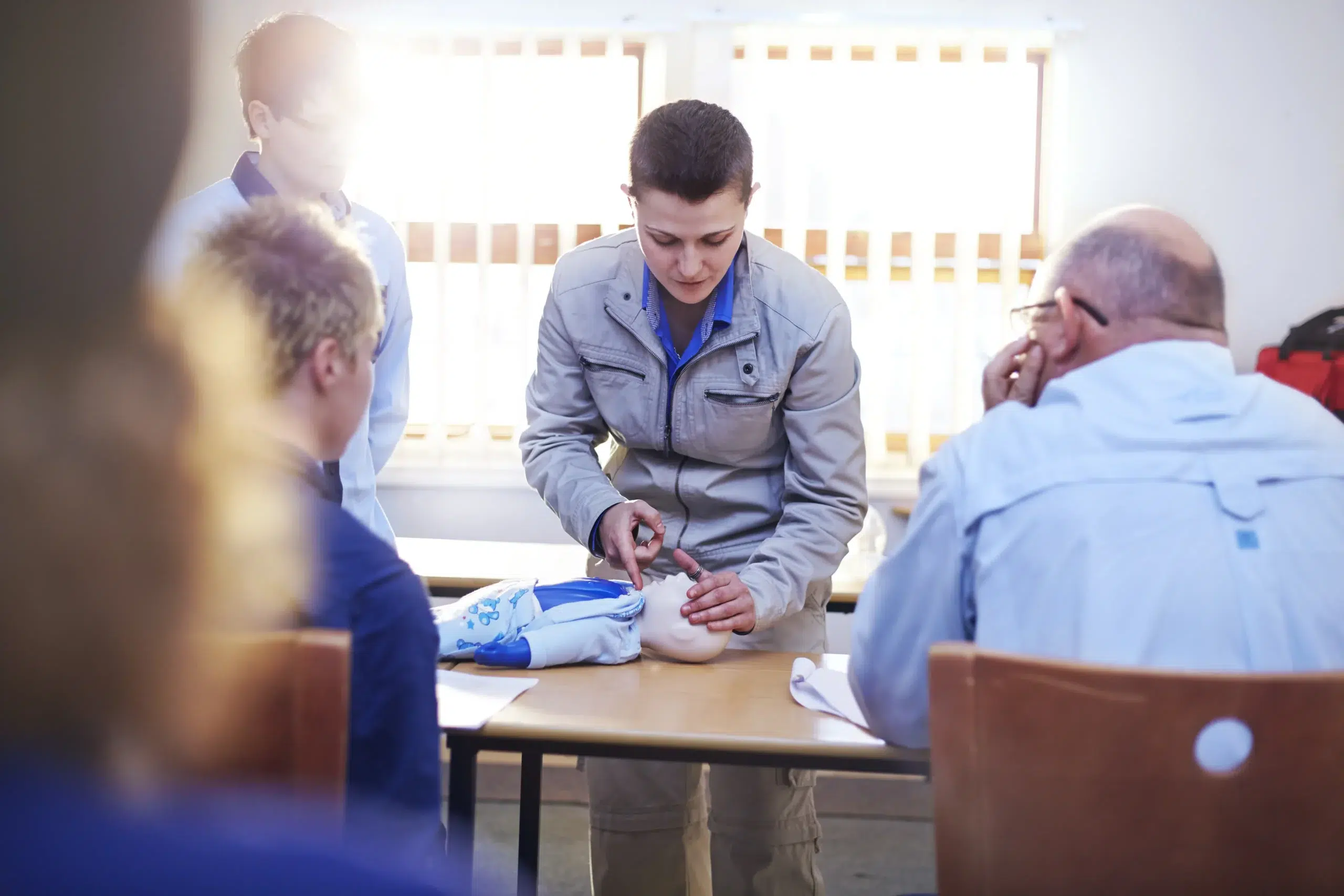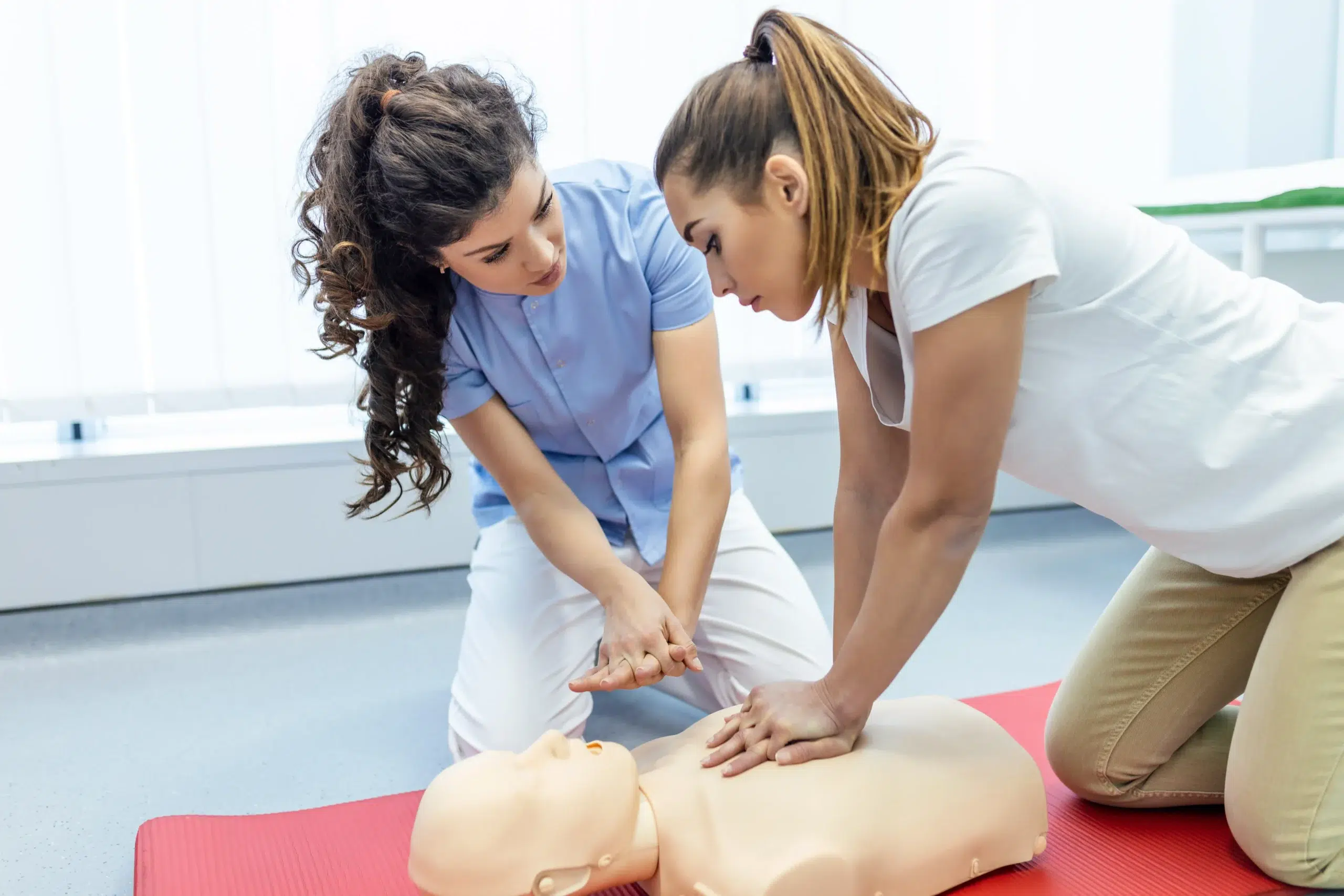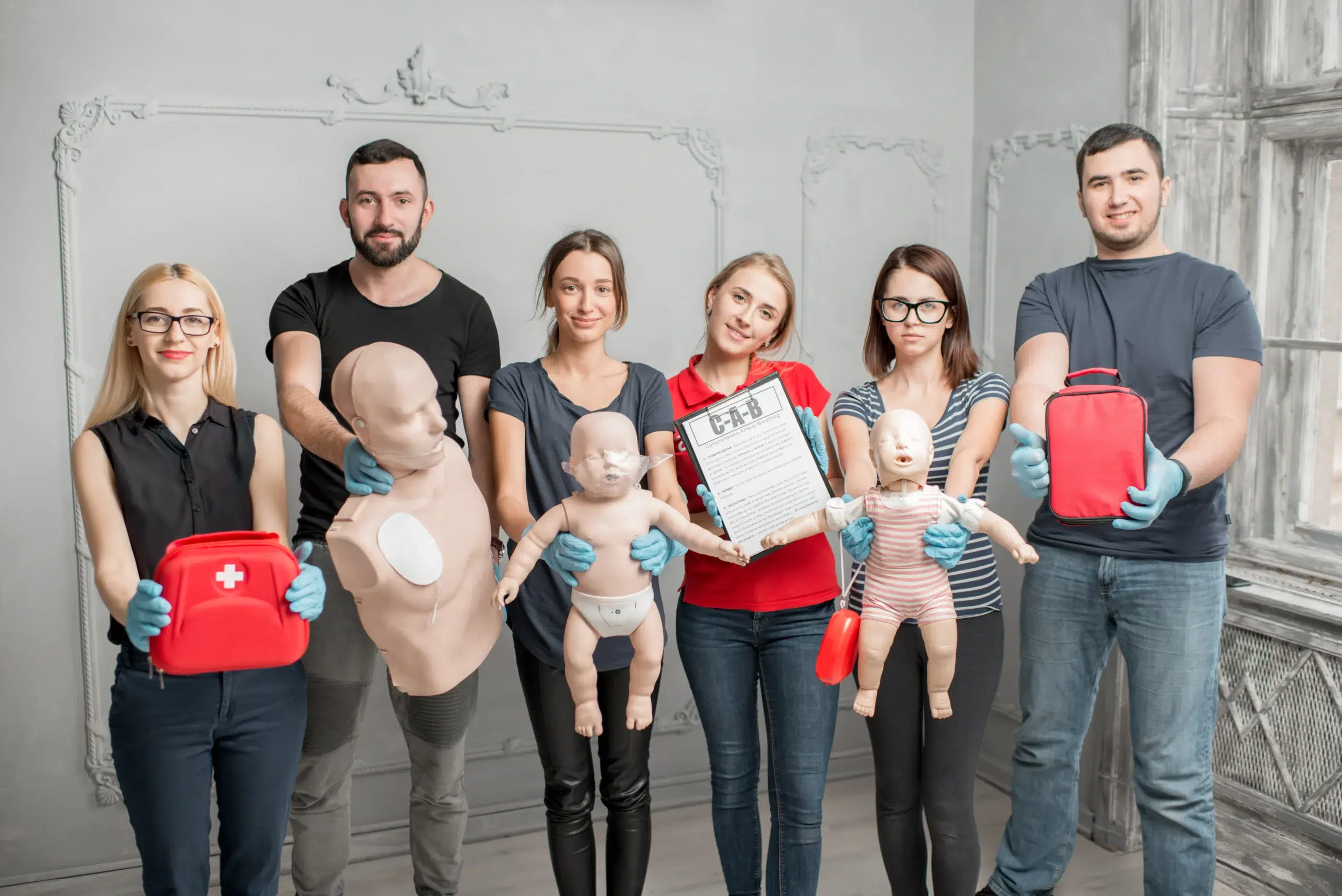Introduction – The Importance of CPR in Saving Lives
Cardiopulmonary Resuscitation, better known as CPR, is a lifesaving technique that plays a pivotal role in medical emergencies such as heart attacks or near-drowning incidents. It’s a procedure that comes to the rescue when a person’s heartbeat or breathing stops. A staggering 350,000 out-of-hospital cardiac arrests occur annually in the United States, and sadly, about 90% of these individuals lose their lives. However, immediate CPR can double or even triple the chances of survival.
Understanding CPR
CPR stands for Cardiopulmonary Resuscitation – a life-saving procedure that helps maintain the flow of oxygenated blood to the brain and other vital organs when the heart stops beating. The process involves chest compressions and rescue breaths that help keep the victim alive until professional medical help arrives. It becomes necessary during many emergencies, including cardiac arrest or any situation that causes a person’s breathing or heartbeat to stop.
The Impact of CPR on Survival Rates
Survival rates following cardiac arrest are grim, but CPR can significantly enhance the chances of survival. According to the American Heart Association, the survival rate of out-of-hospital cardiac arrest victims is only about 10%. However, if a bystander performs CPR promptly, the survival rate can increase to as high as 45%. These statistics highlight the massive impact CPR can make.
Importance of CPR Training
Knowledge of CPR is not just for medical professionals; it’s a skill everyone should possess, given that most cardiac arrests occur at home. The more people know how to perform CPR, the higher the chances of saving a life. You can acquire this vital skill through certified training programs offered by organizations like the American Heart Association or the Red Cross.
CPR training also promotes bystander intervention. Unfortunately, less than half of cardiac arrest victims get the immediate help they need before professional help arrives. With more people trained in CPR, we can dramatically increase bystander intervention, further improving survival rates.
Conclusion
Imagine being in a situation where a loved one or a stranger collapses in front of you due to a sudden cardiac arrest. Would you know what to do?
Cardiopulmonary Resuscitation, commonly known as CPR, is a critical life-saving technique that can make the difference between life and death in such emergencies. It’s a skill that can turn an ordinary person into a lifesaver.
By learning CPR, you’re not just acquiring a new skill, but you’re preparing yourself to potentially save a life. The feeling of being able to help someone in such a critical situation is empowering. At Safety Training Seminars, we offer certified CPR training programs that equip you with this essential skill.
Don’t wait for an emergency to happen to realize the importance of knowing CPR. Be proactive, be prepared, and most importantly, be a potential lifesaver. Contact Safety Training Seminars today to sign up for our CPR training program. Your decision today could save a life tomorrow.
